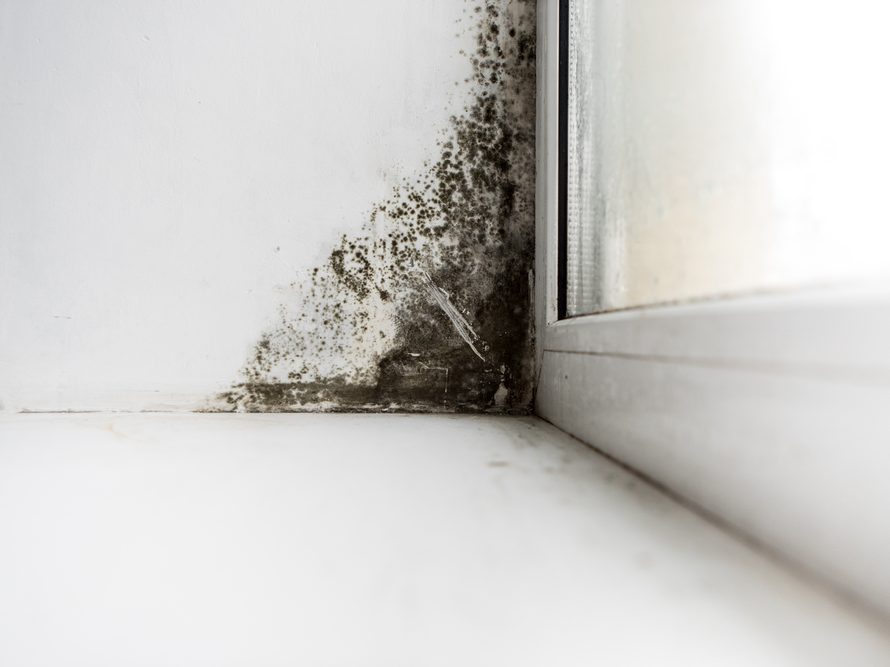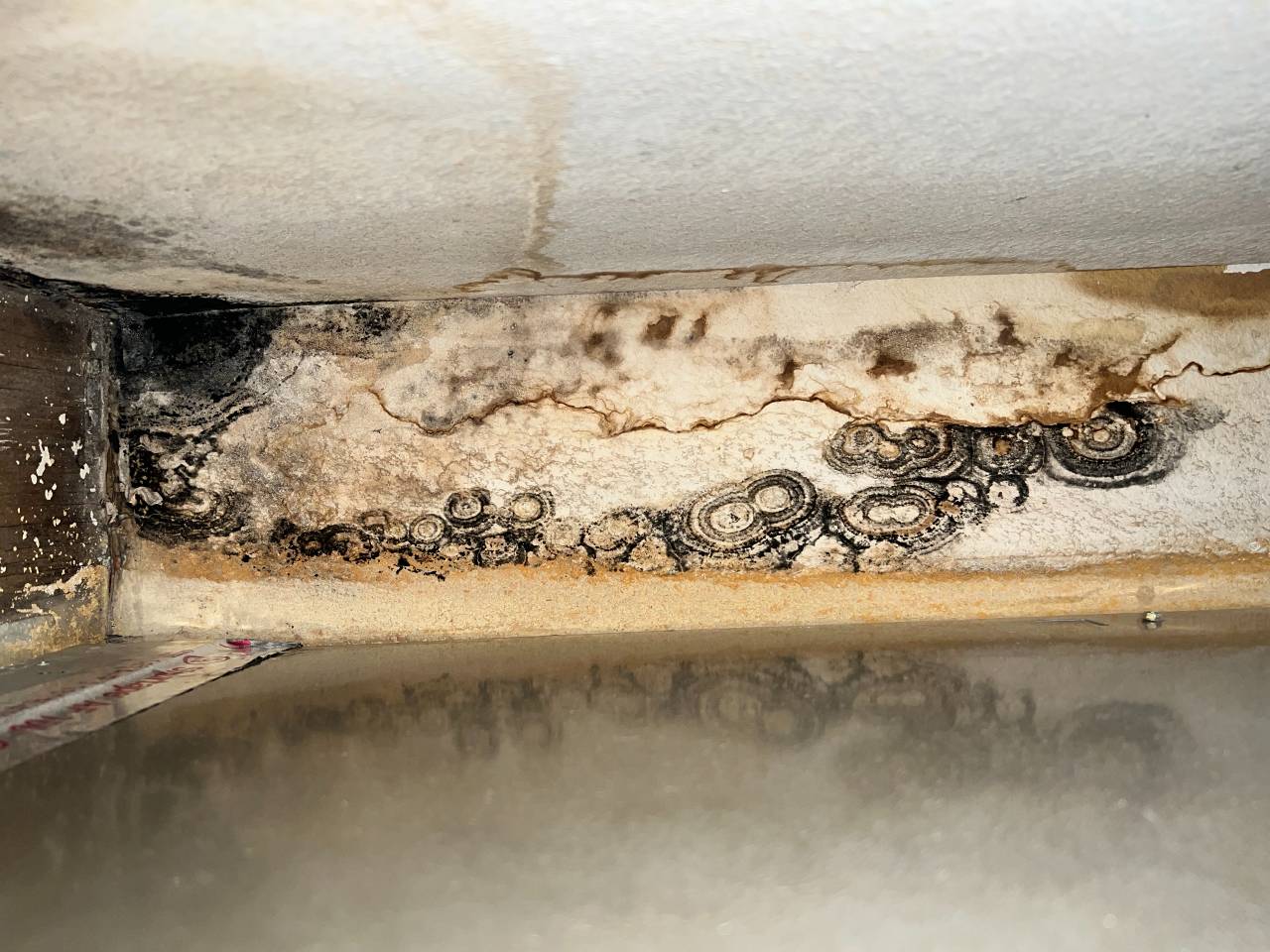Effective Post Mold Remediation Cleaning Protocols
Effective Post Mold Remediation Cleaning Protocols
Blog Article
Effective Article Mold Remediation Solutions for Your Home
Mold development in homes can be a consistent issue, usually needing an organized method for reliable post-remediation solutions. From understanding the aspects that add to mold and mildew growth to executing proper cleansing techniques and moisture control measures, the process can be detailed yet important for preserving a healthy living setting. Post Remediation verification.
Recognizing Mold And Mildew Growth Elements
Mold growth is affected by a range of elements that are important to comprehend in order to efficiently address and stop its expansion. Comprehending these factors is crucial in carrying out successful mold removal strategies. The primary variable adding to mold growth is dampness. Mold spores require moisture to thrive and germinate, making damp or damp atmospheres extremely vulnerable to mold and mildew infestations. Poor ventilation can additionally lead to moisture accumulation, creating an ideal breeding place for mold.

Additionally, air flow and light direct exposure can influence mold and mildew growth. Locations that lack correct air flow and all-natural light are more susceptible to mold growth. By addressing these factors adequately, individuals can efficiently mitigate mold and mildew growth and safeguard their living environments.
Correct Mold And Mildew Cleansing Methods
Utilizing efficient cleaning techniques is crucial in attending to and avoiding the reoccurrence of mold and mildew contamination in interior environments. When managing mold, it is crucial to focus on safety by putting on protective equipment such as masks, safety glasses, and handwear covers. The initial step in appropriate mold and mildew cleaning is to consist of the afflicted location to avoid the spread of spores to uncontaminated locations. This can be attained by sealing the area and utilizing air scrubbers or unfavorable air equipments to maintain air high quality.

Implementing Wetness Control Actions
To efficiently stop mold and mildew development and contamination in interior environments, executing dampness control measures is extremely important. Moisture is the primary element that gas mold and mildew development, making it vital to take care of moisture degrees within the home. One reliable procedure is to make use of dehumidifiers to maintain indoor humidity degrees listed below 60%. Furthermore, guaranteeing appropriate ventilation in areas vulnerable to moisture accumulation, such as bathrooms and kitchens, can help in reducing the risk of mold and mildew development. On a regular basis checking and fixing any leaks in plumbing, roofings, or windows is likewise vital in protecting against excess dampness accumulation. Utilizing exhaust fans while food preparation or showering, and permitting air blood circulation by keeping furniture a little away from wall surfaces can help in moisture control. Utilizing moisture-resistant products in high-humidity areas, such as mold-resistant drywall and paints, can be useful. By diligently executing these moisture control procedures, house visit this site owners can effectively reduce the probability of mold recontamination and preserve a healthy and balanced indoor setting.
Making Use Of All-natural Removal Solutions
After effectively applying moisture control steps to avoid mold growth in indoor settings, house owners can now explore the performance of natural removal options in maintaining a healthy and balanced living space. All-natural removal solutions utilize eco-friendly approaches to deal with mold and mildew, making them a popular selection for those looking for non-toxic alternatives. One such remedy is using vinegar, an all-natural antimicrobial representative, to disinfect and tidy surface areas infected by mold and mildew. Merely thin down vinegar with water and spray it onto the impacted locations, enabling it to rest for a couple of hours before wiping clean. Furthermore, tea tree oil, known for its antifungal homes, can be combined with water and sprayed onto mold-infested surface areas to inhibit further development. One more natural alternative is hydrogen peroxide, which can successfully kill mold and mildew on various surface areas without leaving hazardous deposits behind. By integrating these all-natural remediation remedies into their cleaning routines, home owners can successfully deal with mold growth while have a peek at these guys promoting a much healthier indoor environment on their own and their households.

Keeping a Mold-Free Setting
On a regular basis examining areas susceptible to mold development, such as washrooms, kitchen areas, cellars, and attics, is crucial. Correct ventilation in locations with high humidity levels is additionally vital to protecting against mold growth.
Additionally, maintaining sanitation in the home is important for mold and mildew prevention. Routinely cleansing and cleaning surfaces, rugs, and furniture can help get rid of mold and mildew spores prior to they have a chance to work out and multiply. Making use of mold-resistant items for construction materials and home furnishings can better assist in developing a mold-free environment. Finally, maintaining indoor plants in check and making sure correct drainage in outdoor landscape design can reduce wetness build-up, minimizing the chance of mold and mildew problems. By following these proactive upkeep techniques, home owners can successfully support a mold-free living space.
Final Thought
In conclusion, it is necessary to attend to mold growth factors, use correct cleaning techniques, carry out moisture control actions, make use of all-natural remediation solutions, and keep a mold-free environment in order to properly handle blog post mold remediation in your house - Post Mold Remediation Report. By complying with these approaches, you can stop mold from persisting and ensure a healthy and balanced living setting for you and your family members
The main variable adding to mold and mildew development is dampness. Mold spores need moisture to sprout and thrive, making humid or moist settings very susceptible to mold and mildew infestations.To successfully protect against mold development and contamination in interior environments, implementing wetness control steps is vital. In addition, ensuring proper ventilation in areas susceptible to moisture accumulation, such as kitchen areas and restrooms, can assist check my site minimize the risk of mold development.After efficiently executing wetness control procedures to stop mold growth in indoor settings, home owners can now check out the effectiveness of all-natural remediation options in maintaining a healthy and balanced living area.
Report this page